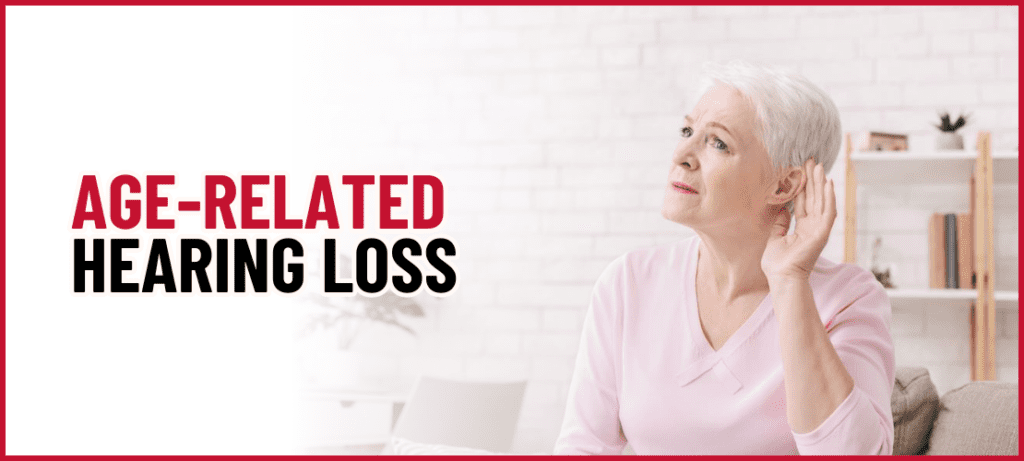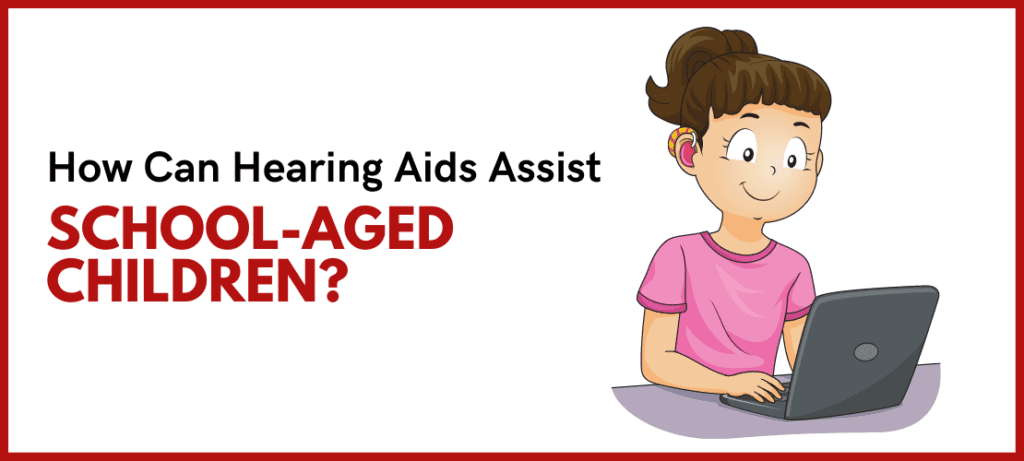Hearing Aids Helping With One Sided Deafness
Table of Contents

It is not always necessary that a person suffers from hearing loss in both ears. You might even experience difficulty hearing in one ear. Such kind of a hearing loss is known as unilateral hearing loss or single-sided deafness. This type of hearing loss may vary in terms of severity from mild to profound. A unilateral hearing loss can either be a sensorineural one or a conductive one. It can occur in adults as well as children.
Single sided deafness is so common that we can’t really count the number of people living with it without even realizing! Get yourself tested at the earliest if the following signs show up in your daily life:
- Problem localising sound
- Issues understanding speech
- Struggling to hear in a noisy environment
- Not being able to multi-task
Causes of unilateral hearing loss
- Inherited or genetic
- Result of a trauma or head injury
- After effect of viral or bacterial infections
- Result of an acoustic neuroma
- Physical damage to the ear
- Circulatory system disorders
- Pressure on hearing nerve
- Diseases such as mumps, measles and meningitis
Problems arising due to single sided deafness
- It can be hard for you to hear the sound of one person over other people while talking in a large group
- Any whispers into your deaf ear in a quiet environment might seem difficult to pick up
- Communicating inside a car with your deaf ear facing the drover can be challenging
Treating unilateral hearing loss
Bone Anchored Hearing Aid (BAHA)
Sound gets converted into vibrations with the help of a BAHA. It then gets transferred either through a magnet or an abutment to the implant. This transfers the vibration to the inner ear through the skull.
The BAHAs are available in the following two parts:
- A surgically implanted transmitter – It sends sounds to the inner ear through bones
- A small sound processor – Is attached to the outside of the head and behind the ear
Contralateral Routing of Signal (CROS)
It is worn by people who suffer from only single sided deafness. The device consists of a transmitter that is worn on the deaf ear. It picks up sounds from the deaf ear and sends it to the receiver. This receiver is worn in the ear that can hear.
Bilateral Contralateral Routing of Signal (BiCROS)
The price of a pure tone audiometry test can vary depending on several factors:
This is similar to the CROS but is worn by people who suffer from bilateral deafness. In a scenario where one ear is completely deaf and the other one is aid-able, BiCROS come in handy. Here, you wear the transmitter on the deaf ear. It picks up sound from the receiver and sends it to the ear that hears better. The better hearing ear still suffers from loss of hearing. However, the amplification helps the ear to pick up information better.
Hearing aids are a suitable remedy for treating unilateral hearing loss. Get your ears tested at the earliest if you are facing any of the above mentioned symptoms of single sided deafness. Quality Hearing Care conducts the best ear test online in Mumbai. Book your appointment and visit us to get started towards your hearing loss treatment.
Related Post
-
 Hearing Loss: Types, Symptoms, Causes & Treatment
Hearing Loss: Types, Symptoms, Causes & Treatment -
 Age-Related Hearing Loss (Presbycusis)
Age-Related Hearing Loss (Presbycusis) -
 How to Safely and Properly Clean Your Ears- Methods & What to Avoid
How to Safely and Properly Clean Your Ears- Methods & What to Avoid -
 Hearing Aids- Benefits, Different Styles/Types and How They Work
Hearing Aids- Benefits, Different Styles/Types and How They Work -
 What Level Of Hearing Loss Requires A Hearing Aid?
What Level Of Hearing Loss Requires A Hearing Aid? -
 Differences Between Conductive and Sensorineural Hearing Loss
Differences Between Conductive and Sensorineural Hearing Loss -
 When is the correct time to upgrade Hearing Aids?
When is the correct time to upgrade Hearing Aids? -
 How Can Hearing Aids Assist School Aged Children?
How Can Hearing Aids Assist School Aged Children? -
 The Impact of Hearing Loss on Cognition
The Impact of Hearing Loss on Cognition -
 Hearing Resides in Your Brain, Not Just Your Ears
Hearing Resides in Your Brain, Not Just Your Ears -
 Exploring Link Between Hearing Loss and Depression_ Breaking the Silence
Exploring Link Between Hearing Loss and Depression_ Breaking the Silence -
 New Hearing Aids? Here’s How To Make The Most Of The Device
New Hearing Aids? Here’s How To Make The Most Of The Device -
 The Unseen Link Between Diabetes and Hearing Loss
The Unseen Link Between Diabetes and Hearing Loss -
 Prevention of Noise-Induced Hearing Loss In Young Adults
Prevention of Noise-Induced Hearing Loss In Young Adults -
 Embarking on the Search for the Right Hearing Aid
Embarking on the Search for the Right Hearing Aid
















